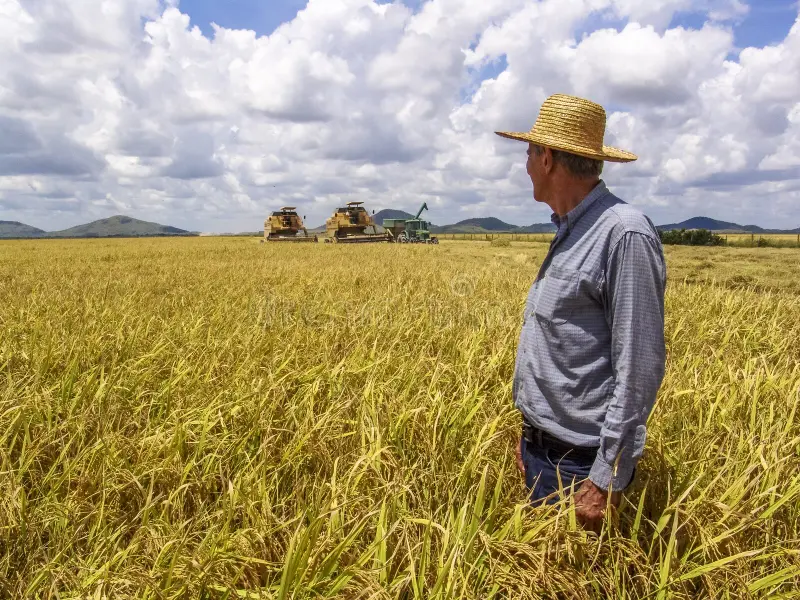In 2024, Brazil’s agricultural sector is poised for a year of mixed fortunes, according to the latest data from the Brazilian stats agency IBGE.
The March Systematic Survey of Agricultural Production reveals a projected increase in the production of rice, beans, cotton, and wheat.
However, key staples like soybeans, corn, and sorghum are expected to see reductions in their yields.
The total output of cereals, legumes, and oilseeds across Brazil is estimated to hit 298.3 million tons, marking a 5.4% decline, or a decrease of 17.1 million tons from the previous year.
Notably, soybean production is forecasted to decrease by 3.3%, totaling an estimated 146.9 million tons.

Sorghum is also set to experience a significant reduction, with production expected to drop by 12.6% to 3.8 million tons.
Corn production faces a notable downturn, with an 11.4% overall decrease anticipated.
This includes a 13.2% drop in the first crop and a 10.9% fall in the second crop, culminating in a total of 116.1 million tons.
In contrast, the sectors of herbaceous cotton, rice, beans, and wheat are looking up, with increases of 8.0%, 1.7%, 11.1%, and an impressive 28.3%, respectively.
Detailed figures place rice production at 10.5 million tons and bean output at 3.3 million tons.
Wheat is expected to flourish with a production volume of 9.9 million tons, and cotton production is projected to reach 8.4 million tons.
These trends illustrate a year of strategic shifts within Brazil’s agricultural sector, reflecting both the challenges of global demand and internal market adjustments.
This diverse production landscape indicates Brazil’s strategic responses to both domestic and global agricultural demands.
As Brazil navigates these production trends, it remains key in shaping global food markets, adapting to changes in consumption, climate, and economics.

